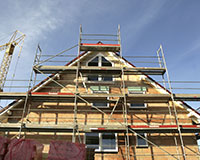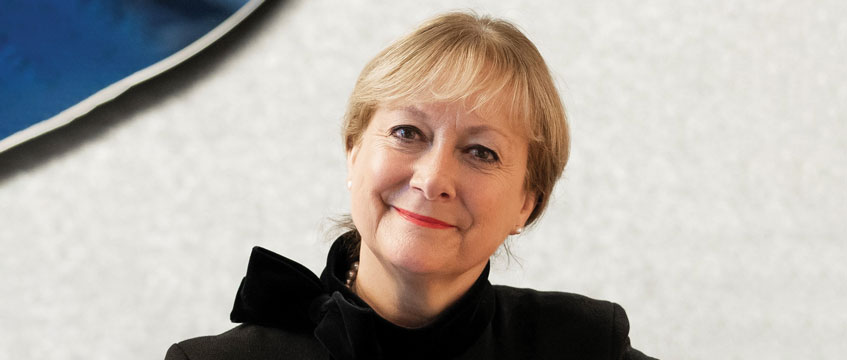 Immediately after the election I heard the prime minister was telling his MPs that there had been a huge change in public attitudes to the need for new homes. The housing crisis had become one of the top five most-important issues in the election for the general public – and the most important in London.
Immediately after the election I heard the prime minister was telling his MPs that there had been a huge change in public attitudes to the need for new homes. The housing crisis had become one of the top five most-important issues in the election for the general public – and the most important in London.
But the view was that “while people do want more affordable housing, what they mean is affordable to buy”.
He is right about the polling data. In 2010, housing barely registered as an issue, languishing around 20th place in electors’ order of priorities. To be in the top five by 2015 really is a sea change, and the reasons are not hard to follow.
That the poorest can’t afford a home and often languish on long council waiting lists doesn’t really affect many voters. What does affect them is when it is their own children and grandchildren who cannot afford to fly the nest.
Around 3.3m 20- to 34-year-olds are living with their parents, an increase of 700,000 since 1997, despite no increase in that age group’s population. Two-thirds of these parents say their adult children are at home because house prices are too high for them to afford to move out.
The middle-class dinner table conversation is no longer about how much their home has increased in value, it’s about how their children will ever afford a home.
Of course, there has also been a big increase in the number of people on waiting lists for affordable homes, rising from 1m in 2000 to 1.7m today. But these people in high need of social housing are not the political swing voters – “hard working” parents and grandparents are.
The PM is right too about the real concern. For most voters the question is not, “How will my children afford to rent?”, it is, “How can they afford to buy?”
So it should not be a surprise to whom the government is giving increasing priority: homes that are affordable for children of working families, including the middle classes, struggling to buy.
Policy announcements reflect this. No affordable housing requirements for sites of less than 10 units, a shift from social to “affordable rent” and now even more radical proposals to allow “starter homes” to meet section 106 affordable housing requirements. Alongside this, Right to Buy is being extended to housing associations and councils are required to sell off their most expensive stock.
The days when government focused on affordable housing requirements as the means through which councils could meet their statutory housing obligations are clearly over.
Government sees that housing need rests just as much with the young working family who can’t afford to buy, as those on social housing waiting lists. True enough. But both matter.
Using s106 agreements to fill the gap caused by building too few homes is a zero-sum game. If we don’t build enough homes, raising the proportion available for affordable rent comes at the cost of building even fewer homes to buy – raising prices and so leaving even more reliant on renting.
The real answer is to build enough homes to meet all these needs, so more people can afford to buy and fewer people need to rely on social housing.
So is the government right?
It is right that building too few homes and trying to solve the crisis through ever-increasing s106 demands on developers for social housing could never solve the problem. That just leaves the “not poor enough” squeezed out while the very poor and very rich are homed.
But so long as we continue to undersupply by at least a million homes a decade, someone is going to go without a home. The real challenge for government is making sure we supply the housing need as a whole.
And on building the number of homes we need, the government is talking that talk, but we have yet to see if it has the will to walk the walk. Green belt, anybody?
Lord Matthew Taylor of Goss Moor is past chair of the National Housing Federation and led the government’s planning practice guidance review










